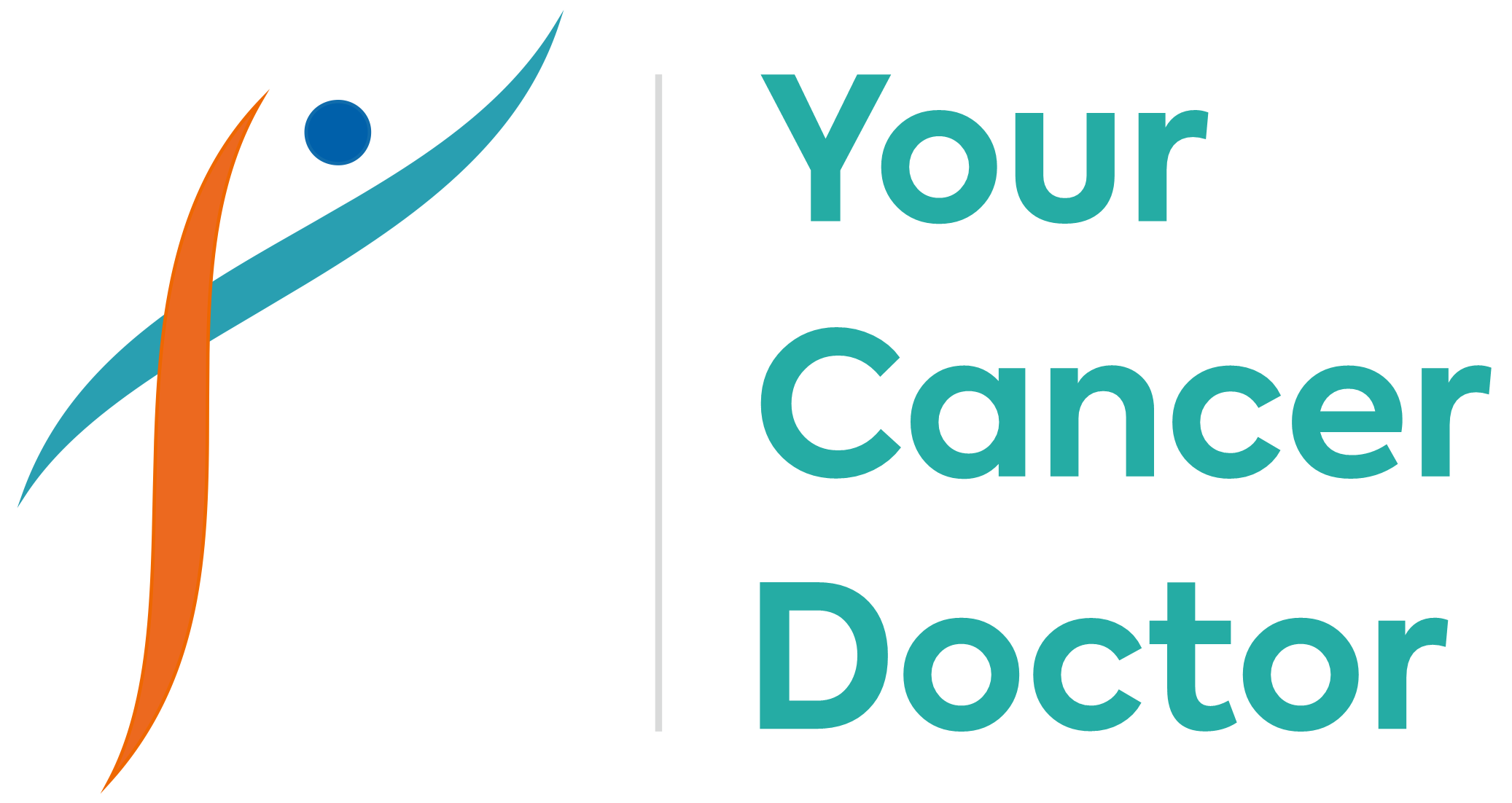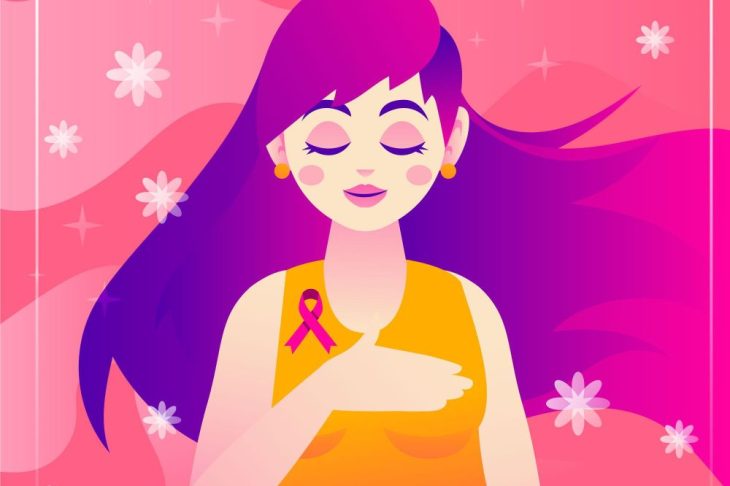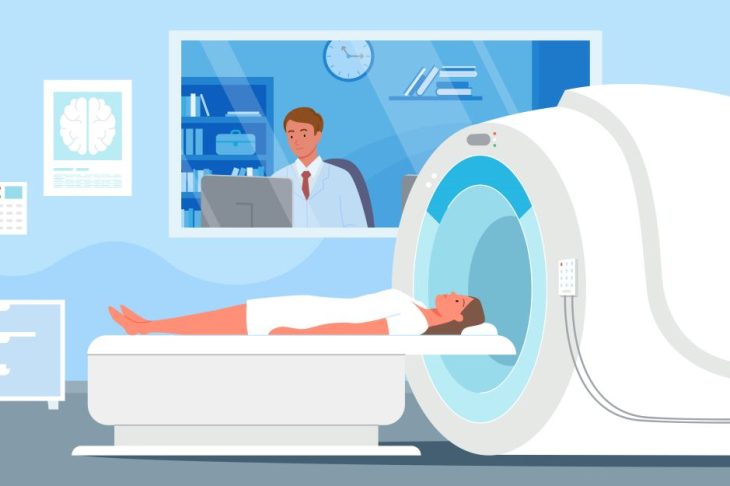
Cancer Risk Factors: Lifestyle, Genetics, and Environment
Cancer is a disease that affects millions of people around the world. It happens when certain cells in the body grow uncontrollably and spread to other parts of the body. While we don’t always know why cancer develops in some people and not in others, research has found that some risk factors can increase a person’s chance of getting cancer.
India faces a considerable cancer burden in 2024, with a calculated 1.46 million new cancer cases in 2022 and a projected increase to 2.08 million by 2040. Breast cancer is the most common type of cancer among women, while lung cancer is the most common type among men.
Stuart Scott states, “You beat cancer by how you live, why you live, and in the manner in which you live.” ( https://www.oncnursingnews.com/view/20-inspirational-quotes-for-cancer-survivors-fighters-and-caregivers)
These cancer risk factors fall into three main categories: lifestyle, genetics, and the environment. Let’s take a closer look at each of them, in simple terms.
1. Lifestyle-Related Risk Factors
Your daily habits and choices can play a big role in your risk of developing cancer. These are called lifestyle-related factors. The good news? Many cancer risk factors can be reduced or even avoided with healthy changes.
a) Tobacco Use
Smoking is the leading cause of many types of cancer, including lung, mouth, throat, bladder, and pancreatic cancer. Even chewing tobacco and passive smoking (being around people who smoke) can increase your risk.
Tip: Quitting smoking at any age helps reduce the risk. The sooner you quit, the better.
b) Unhealthy Diet
Eating lots of processed foods, red meats, and sugary snacks can lead to weight gain and poor health. A poor diet is linked to cancers like colon, stomach, and breast cancer.
Tip: Choose fresh fruits, vegetables, whole grains, and lean proteins. Reduce junk food, sugary drinks, and fried items to reduce the risk of cancer.
c) Lack of Physical Activity
Not being active enough can lead to weight gain, which increases the risk of several cancers, such as breast, colon, and uterine cancer.
Tip: Just 30 minutes of walking or exercise a day can make a difference.
d) Alcohol Consumption
Drinking too much alcohol raises the risk of cancers of the mouth, liver, breast, and more.
Tip: Limit alcohol or avoid it completely if possible.
e) Obesity
Being overweight or obese increases the risk of at least 13 types of cancer, including kidney, liver, and thyroid cancer.
Tip: A balanced diet and regular exercise help manage weight and reduce cancer risk.
f) Unsafe Sex
Certain viruses like HPV (human papillomavirus), which spreads through unsafe sex, are linked to cervical, throat, and anal cancers.
Tip: Practice safe sex and consider HPV vaccination for young adults.
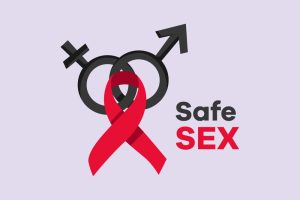
2. Genetic Risk Factors (Family History)
Some people inherit genetic mutations from their parents that can increase the risk of certain cancers. These are changes in the DNA that may be passed from one generation to another.
a) Family History of Cancer
If close family members (like parents, siblings, or grandparents) have had cancer, especially at a young age, your risk may be higher.
Example: Women with BRCA1 or BRCA2 gene mutations are more likely to get breast and ovarian cancers.
b) Inherited Syndromes
Some rare inherited conditions, such as Lynch syndrome or familial adenomatous polyposis, are linked to higher risks of colon, uterine, and other cancers.
Can You Do Anything About Genetic Risk?
Yes. You can’t change your genes, but you can take action:
- Get genetic testing if you have a strong family history.
- Go for regular screenings like mammograms or colonoscopies earlier than usual.
- Lead a healthy lifestyle to reduce other risks.
Tip: Talk to your doctor about your family history.
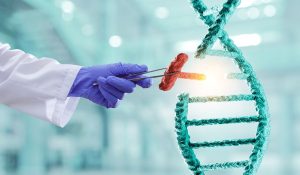
3. Environmental Risk Factors
Sometimes, cancer risk comes from things around us — in our home, workplace, or community. These are called environmental factors.
a) Exposure to Pollution
Air pollution, especially from vehicles, factories, and burning trash, has been linked to lung cancer. Indoor air pollution (like from smoke or poor ventilation) is also a risk.
b) Radiation Exposure
Too much exposure to radiation, such as ultraviolet (UV) rays from the sun or repeated X-rays, can increase the risk of skin cancer and other types.
Tip: Use sunscreen, wear protective clothing, and avoid tanning beds.
c) Workplace Hazards
Some people are exposed to harmful chemicals like asbestos, benzene, or formaldehyde at work. These can increase the risk of cancers such as mesothelioma and leukaemia.
Tip: Follow safety rules and wear protective gear if you work in such environments.
d) Pesticides and Chemicals
Some chemicals used in farming and industry may increase cancer risk if there’s frequent exposure.
Tip: Wash fruits and vegetables before eating and reduce exposure to chemicals where possible.
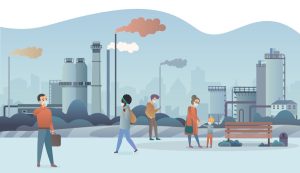
4. Infections That Can Lead to Cancer
Some infections are known to increase cancer risk. These include:
- HPV (Human papillomavirus) – Linked to cervical and throat cancer.
- Hepatitis B and C – Linked to liver cancer.
- H. pylori (Helicobacter pylori) – Linked to stomach cancer.
- EBV (Epstein-Barr virus) – Linked to certain types of lymphoma.
Tip: Get vaccinated where possible, maintain good hygiene, and treat infections early.
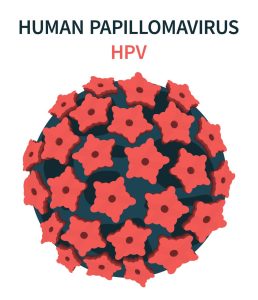
Can Cancer Be Prevented?
While not all cancers are preventable, studies show that up to 30–50% of cancers could be avoided by reducing risk factors.
Here’s What You Can Do:
- Avoid tobacco and alcohol.
- Eat a healthy diet rich in fruits and vegetables.
- Stay physically active.
- Get regular cancer screenings (like mammograms, Pap smears, colonoscopies).
- Protect yourself from harmful chemicals and UV rays.
- Get vaccinated against cancer-related infections (HPV, Hepatitis B).
- Know your family history and talk to your doctor if you’re at higher genetic risk.
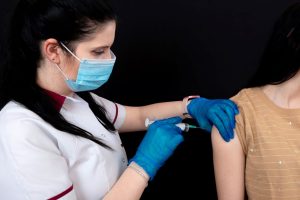
Conclusion:
Cancer can affect anyone, but knowing the risk factors gives us the power to make healthier choices. By understanding how our lifestyle, family history, and environment influence our health, we can take steps to reduce the risk of cancer.
Remember: early detection saves lives. Along with healthy habits, regular check-ups and cancer screenings are key to staying one step ahead.
Stay informed. Stay proactive. Take care of your body today, for a healthier tomorrow.
FAQ’s:
- What foods increase the the risk of cancer?
Foods that may increase cancer risk:
- Processed meats
- Excess red meat
- Fried & junk foods
- Sugary snacks
- Salty & pickled foods
- Alcohol
- Burnt/charred foods
- Ultra-processed items
2. What are the risks of a cancer biopsy?
Cancer Biopsy Risks:
- Mild bleeding
- Infection (rare)
- Pain or swelling
- Bruising
- Very rare: cancer cell spread along the needle track
Benefits outweigh risks — crucial for accurate diagnosis.
3. How are diabetes and cancer risk related?
Diabetes and Cancer Risk:
People with diabetes have a higher risk of certain cancers, like:
- Liver
- Pancreatic
- Endometrial
- Colorectal
- Breast
- Bladder
High blood sugar, insulin resistance, and chronic inflammation may contribute.
Managing diabetes well can help lower cancer risk.
